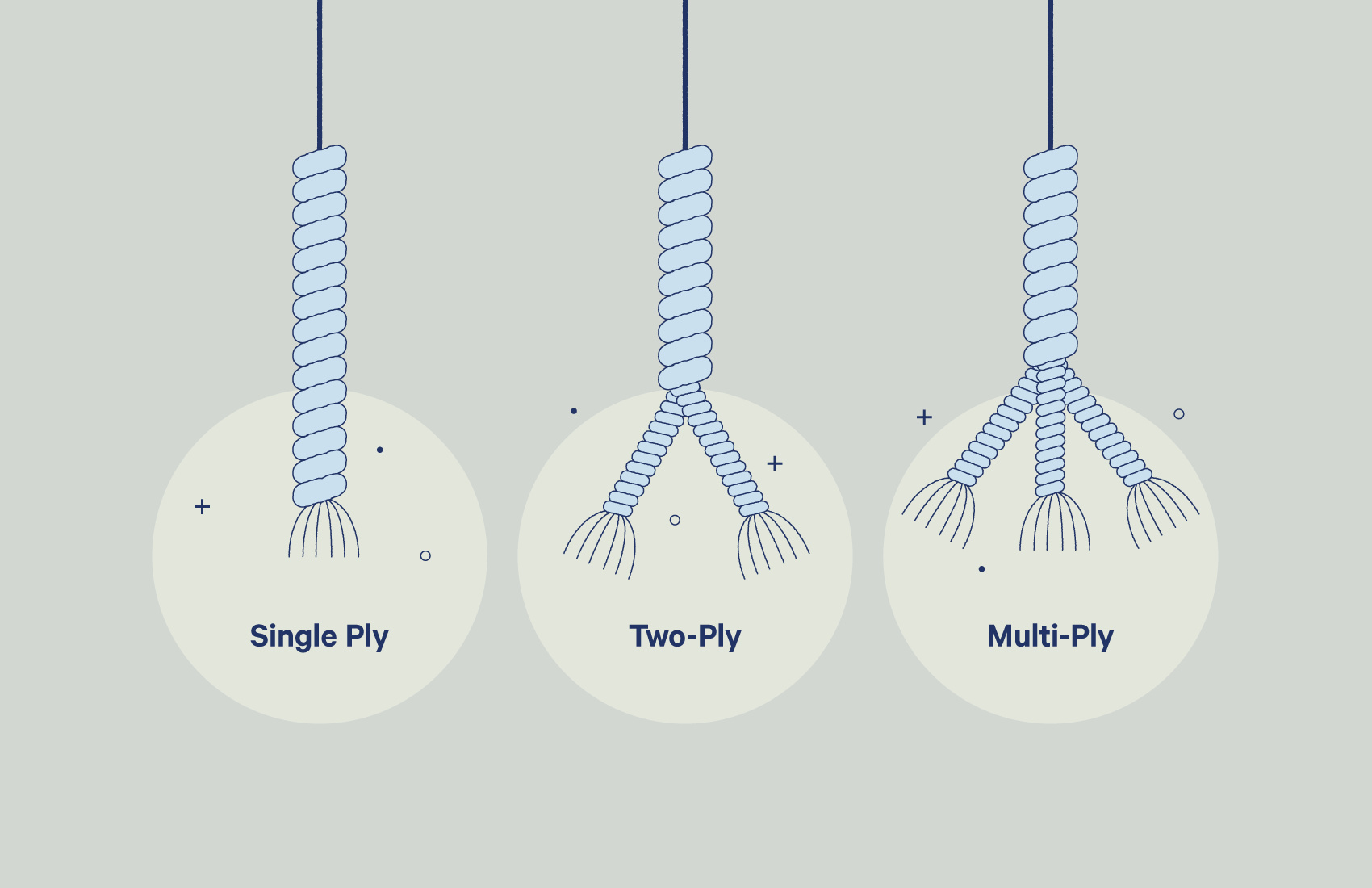custom bedding fabric
However, there are lower quality cottons used in sheet making as well. Upland cotton is one of the most common. Because of its lower quality, it is often cheaper than Egyptian or Pima/Supima cotton. Additionally, organic cotton of any variety is generally more expensive than non-organic cottons.





